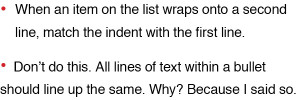Oh, for the days when you could use “Bosco” as your password. I recently looked online for information about how to create a password I could remember. Here is a brief synopsis of what I found:
Please create a password.
brusselssprouts
Sorry, but your password must contain an uppercase letter, a lowercase letter, a number, a hideous personal secret, three distinctly different recipes for lemon basil chicken, the original battle plans for the invasion of Normandy, one of your kidneys, at least four elements from the periodic table, and a plot containing a protagonist with some character development and a twist ending.
Due to the severity of these restrictions, your password must be changed every day.






